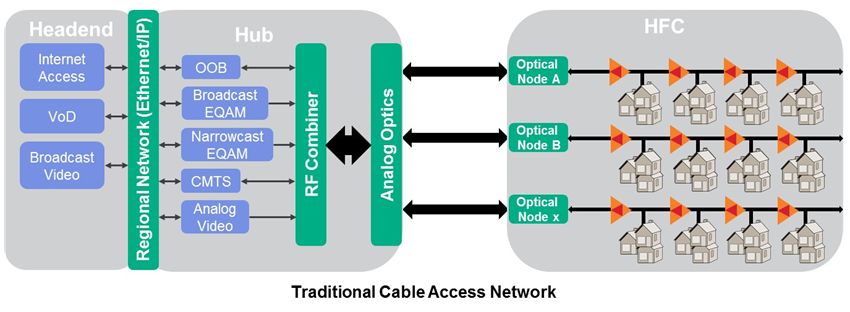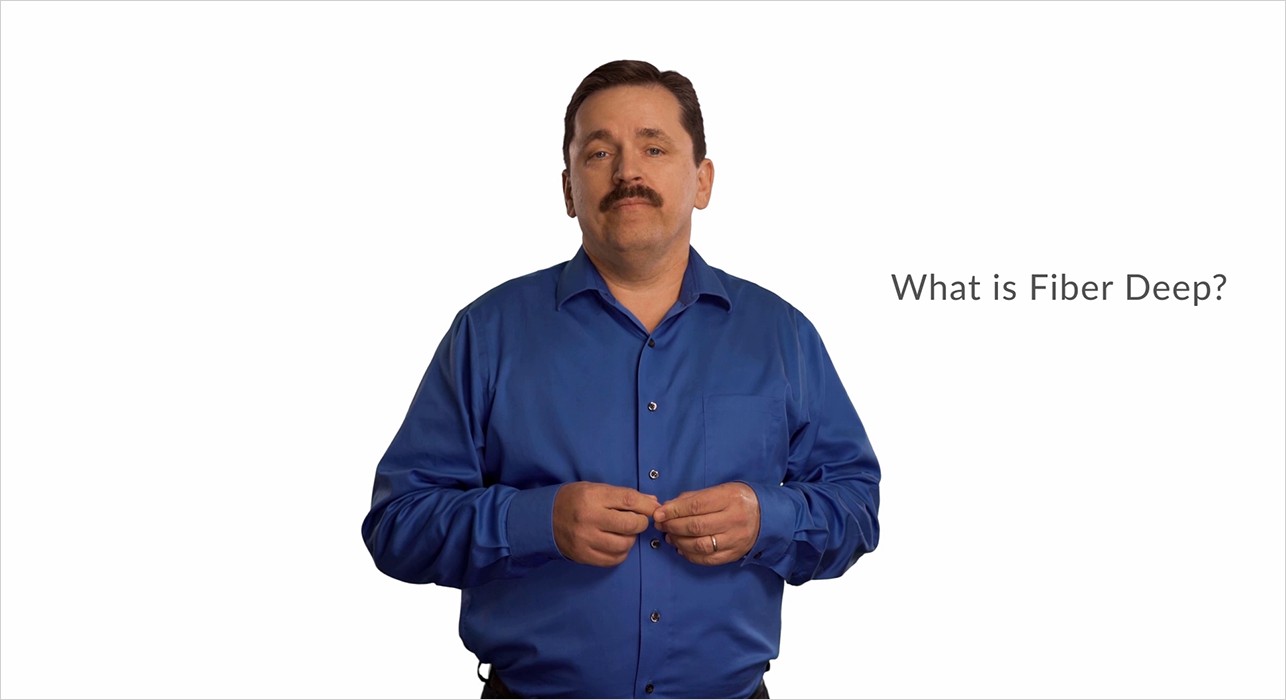Virtualizing the World of Cable
When cable operators saw huge demands in linear video, Video-on-Demand (VoD) and high-speed data services, and faced with an aging analog infrastructure, they moved to a Converged Cable Access Platform (CCAP) to increase capacity and throughput. CCAP combines headend functions into a single architecture by combing Edge Quadrature Amplitude Modulation (EQAM) and Cable Modem Termination System (CMTS).
A brief history in CCAP
Back in June 2011, CableLabs created CCAP by blending two competing platforms, a Comcast-backed Converged Multiservice Access Platform (CMAP) and a Time Warner Cable Converged Edge Services Access Router (CESAR) platform. The following year CCAP products were introduced, and deployed the year after.
Fast forward to today, cable operators are looking to implement software-based access platforms, migrate away from commonly deployed centralized, purpose-built CCAP equipment, and virtualize CCAP (vCCAP) -- and thus begin the shift to a Distributed Access Architecture (DAA). Developed by CableLabs, vCCAP is the latest cable technologies that combines functions including the CMTS and EQAM.
What is DAA?
As its name implies, DAA is an architecture where functional components of a legacy Centralized Access Architecture (CAA) are migrated to different locations of the end-to-end network. In a CAA network MAC and PHY layer functions of the CMTS, EQAM, or CCAP all resided and were distributed within a centralized headend or hub location, using standard Hybrid Fiber Coax (HFC).

Traditional HFC can only support CAA, this is a limitation of analog optics. However, digital optical node technology can support both CAA and DAA architectures. In a DAA network MAC and PHY layer functions of the CMTS, EQAM, or CCAP may be in a node, cabinet, or MDU location.
Currently there are two approaches to DAA:
- Remote PHY (R-PHY), only the PHY is moved to the digital optical node, and the DOCSIS MAC remains at the hub-site
- Remote MAC/PHY (R-MAC/PHY), both the MAC and PHY are moved to digital optical node
Only one other deployed variation of DAA exists: C-DOCSIS. To enable high-speed data, and cover modifications made in Asia, CableLabs published annexes to the DOCSIS 3.0 family of specifications naming them C-DOCSIS. While the concept is similar to DAA, C-DOCSIS is data only, and does not support digital video broadcast (DVB).

With the impact DOCSIS 3.1 will have on fiber, virtualizing DAA functions helps drive more capacity, and resolve cable operators’ space and power constraints in the headend and hub.
Virtualizing and distributing MAC and PHY functions enables digital combining, eliminates analog optics with cost effective 10G Ethernet transport, and converts analog fiber nodes to digital optic IP-enabled devices. DAA makes it easier to push fiber deeper into the edge of the network, and along with the ability to support denser wavelengths for each fiber, digital optics greatly improves Carrier-to-Noise-Ratio (CNR), which will enable higher orders of QAM on the coax and higher performance DOCSIS technologies.
Virtualization via software is a better solution than proprietary hardware.
So, get ready, as this virtual world is about to get real, very real! Ask us how Ciena helps build the next generation fiber distribution network.





